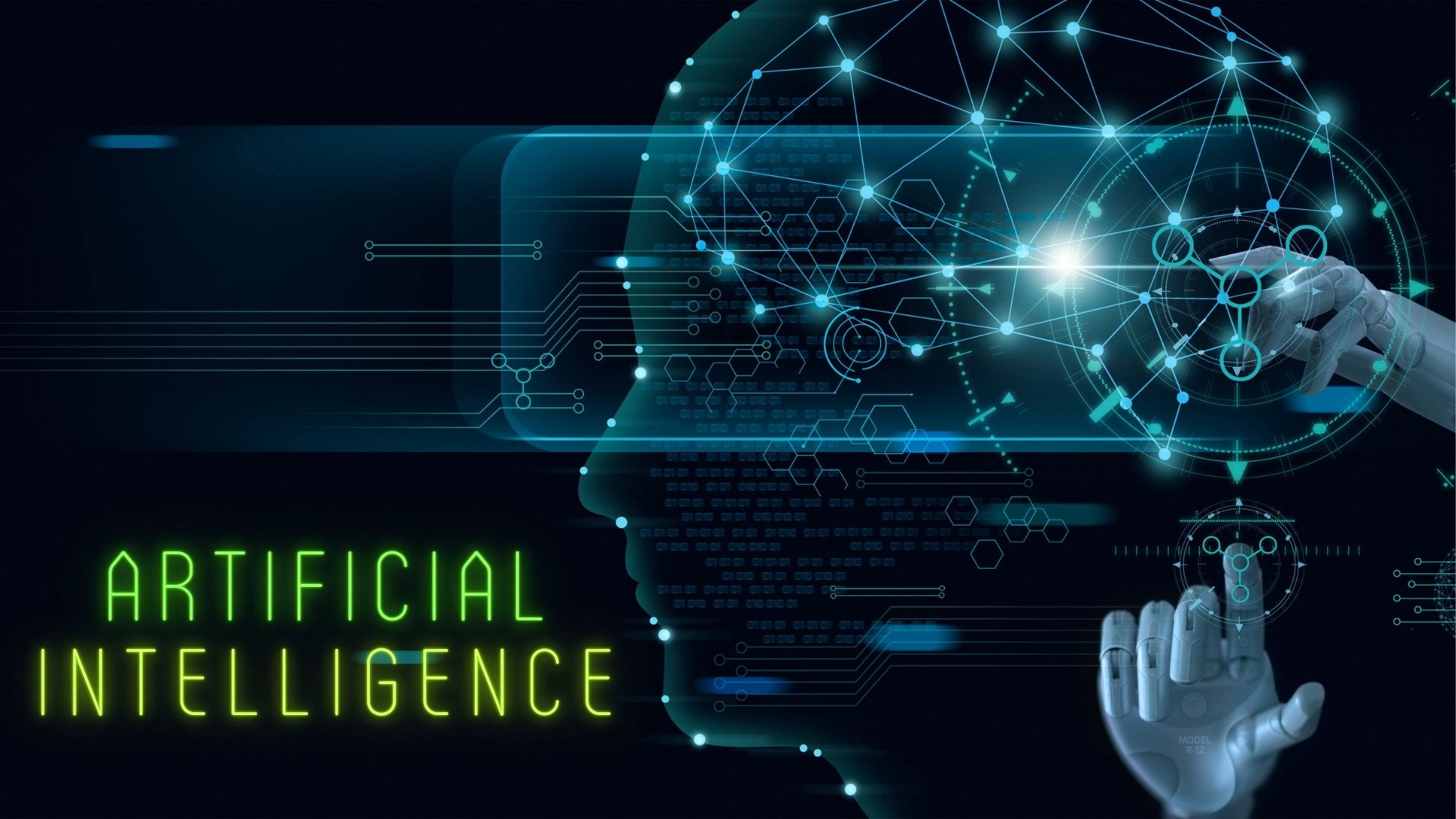29 September 2023
- What is artificial intelligence?
Artificial intelligence (AI) is a branch of computer science dedicated to creating systems that mimic cognitive functions, such as learning and problem-solving. These systems are based on neural networks, i.e. mathematical models using algorithms to identify complex non-linear relationships within large datasets.
Many artificial intelligence techniques make use of machine learning, i.e. a set of algorithms enabling automatic learning without the need for reprogramming in the presence of new data as input.
- What are the main applications of AI in the Medical Devices sector?
In the field of machine learning, it has emerged that deep learning, a subset of it, is a very promising approach for image processing. Deep learning is widely used in medical imaging devices such as radiography, computed tomography (CT), magnetic resonance imaging (MRI) and ultrasound because it can improve image quality, decrease radiation dosage, diagnose heart disease and degenerative brain diseases, and identify disease locations.
For example, deep learning algorithms are currently being used in mammography for breast cancer detection, in CT scans for colon cancer detection, in chest X-rays for lung nodule detection, in MRI for brain tumour segmentation and in diagnosis of neurological disorders such as Alzheimer’s disease.
- What are the current regulatory requirements?
There are currently no regulations or harmonised standards specifically governing the use of artificial intelligence in Medical Devices. The devices must still comply with regulatory requirements set out in the MDR Regulation (EU) 2017/745. Indeed, the latter applies both to software that aims to diagnose, prevent, monitor, treat or mitigate a disease, and to software that provides information intended to inform a healthcare professional in making the final diagnostic or therapeutic decision.
Device software manufacturers must meet general safety and performance requirements, verifying that the software can generate the intended output accurately, reliably and precisely.
Device software must be validated against the intended use, as described in Anx. I section 17.2 of the MDR and must be developed to ensure repeatability, reliability and performance as described in Anx. I section 17.1 of the MDR. Specifically, manufacturers must pay attention to the implementation of appropriate controls on training and test data to avoid bias in the data set and that the accuracy of the model output is carefully validated.
As regards clinical evaluation, clinical data may be generated through clinical investigations of the device in question; they may be retrieved from post-market surveillance or the scientific literature. Clinical data must respect three fundamental aspects: Valid clinical sources, technical performance and clinical performance.
Manufacturers, in addition to the MDR regulation, should take note of several guidelines for the design phase of device software such as MEDDEV 2.7/1 (rev.4) which deals with the clinical evaluation of Medical Devices, MDCG 2019-11, which deals with the qualification and classification of device software, and MDCG 2019-16, which describes the devices cybersecurity.
- What are the risk classes?
Rule 11 in section 6.3 of Anx.VII of the MDR defines software as a class IIa device if it monitors physiological processes, as a class IIb device if it monitors vital physiological parameters, and as a class III device if it provides information used for decisions concerning death or irreversible deterioration of the patient’s state of health. In all other cases, the software is described as a class I device.
As a result, many devices exploiting AI are likely to be classified as class IIa or IIb devices, thus requiring conformity assessment involving a Notified Body.
For more information, please contact us now
Let’s take care beyond the boundaries.




